Weird but Healthy Foods are unique, unconventional foods that offer incredible health benefits despite their unusual appearance or taste. Examples include fermented foods like kimchi and sauerkraut, which promote gut health with probiotics, and seaweed, rich in iodine and antioxidants. Crickets and other edible insects are high in protein and omega-3s, while moringa is a nutrient-dense plant offering vitamins A, C, and E. Chia seeds are packed with fiber and omega-3s, and black garlic offers antioxidants with a sweet, savory flavor. These unusual foods are becoming increasingly popular for their health benefits and nutrient-rich profiles
1. Balut (Philippines 🇵🇭) – Fertilized Duck Egg
Balut is a popular Filipino delicacy consisting of a partially developed duck embryo that is boiled and eaten straight from the shell. It has a unique combination of textures, with soft yolk, tender meat, and a flavorful, broth-like juice inside. To eat it, you crack the shell, sip the warm broth, and then enjoy the embryo with salt, vinegar, or chili for added flavor. Though some may find its appearance unusual, balut is widely enjoyed in the Philippines and other Southeast Asian countries. It is also believed to be an aphrodisiac and a great source of protein and energy.
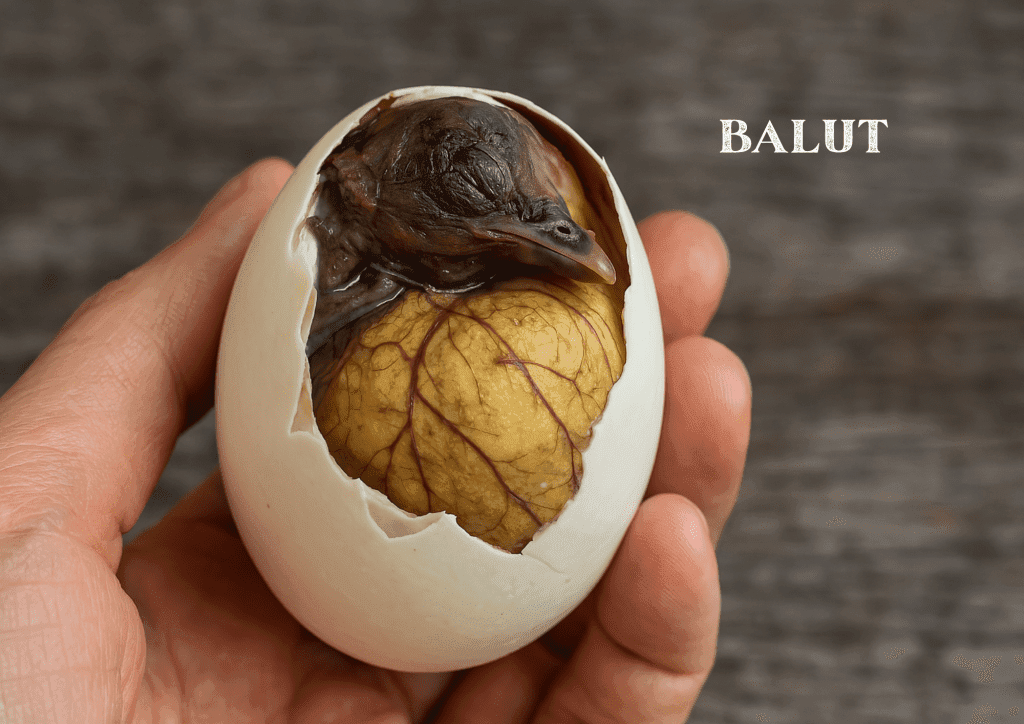
2 – NATTO JAPAN
Sticky, slimy fermented soybeans with a strong smell, High in probiotics, vitamin K2, and protein, Great for gut health and bone strength
let’s make a WEIRD Natto Recipe that will really push the boundaries! Here’s a Crunchy, Spicy, and Sweet Fried Natto Creation—a mix of textures and flavors that shouldn’t work… but might?
🔥 Crispy Spicy-Sweet Fried Natto Bites 🔥
A crunchy, spicy, and slightly sweet twist on natto that combines deep-frying, bold seasonings, and unexpected toppings.
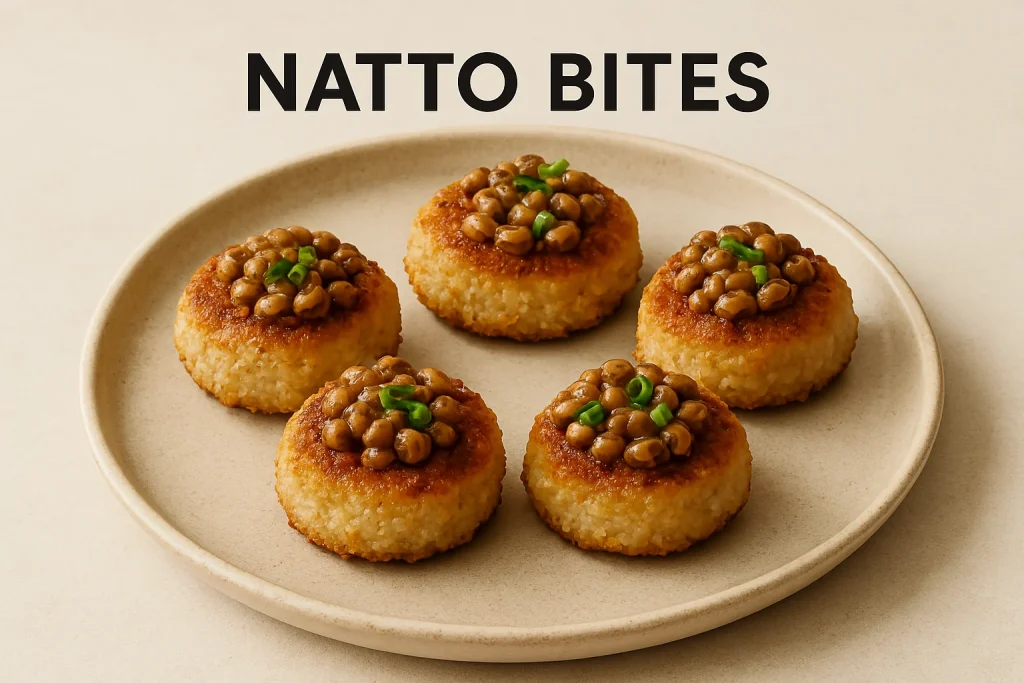
3 – CENTURY EGG
Century eggs, also known as preserved eggs, are a Chinese delicacy with a strong ammonia-like smell, dark jelly-like egg whites, and a creamy, deep-green yolk. Despite their name, they are not actually aged for 100 years—they’re typically preserved for several weeks to a few months.
Why Are Century Eggs So Weird?
- Color & Texture – The egg white turns dark brown or black and gelatinous, while the yolk becomes creamy, green, and slightly gooey.
- Smell – Due to ammonia and sulfur compounds, they can smell like a mix of rotten eggs and ammonia.
- Taste – Surprisingly rich, umami-packed, and slightly salty, with a hint of earthiness.
Despite their intimidating appearance, they are loved for their complex, savory flavor and are often eaten with congee or cold appetizers. Would you try them? 😆
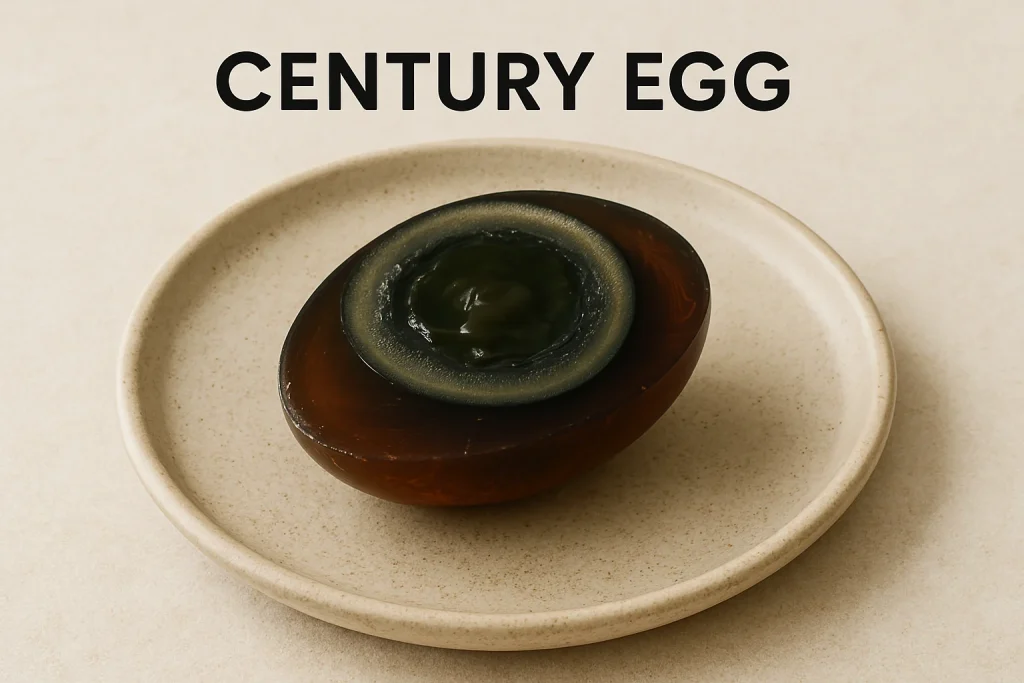
- These 10 Everyday Cooking Mistakes Are Ruining Your Meals — #4 Is So Common 😱
- 20 Viral Food Photos That Have Everyone Asking, “Wait… Is That Even Edible?”
- A Soul-Stirring Culinary Odyssey: Flavors That Shape a Lifetime
- 🧼 How to Clean Your Grill Like a Pro: Step-by-Step Guide
- 🔥 Spicy Glazed Chicken Wings Recipe (Crispy, Sweet & Spicy)
4. Hákarl (Fermented Shark) 🇮🇸
Hákarl is Iceland’s most notorious delicacy, made from fermented Greenland shark (Somniosus microcephalus). It’s famous for its strong ammonia smell, which is often compared to rotting fish or cleaning chemicals. Despite its pungent aroma, it’s a traditional Icelandic food enjoyed as part of the country’s heritage.
Gut and Behead the Shark – The meat is cut into large chunks. Bury the Meat – Traditionally, it’s placed in a shallow pit covered with stones to press out toxic fluids for 6–12 weeks. Air-Dry – The fermented meat is hung in a drying shed for 4–6 months, where it develops a yellowish crust. Ready to Eat – The outer crust is removed, and the inner meat is cut into small cubes and served.
How to Eat Hákarl ?
Usually served in small cubes on toothpicks. Often eaten with Brennivín (Icelandic schnapps, aka “Black Death”) to wash it down. Found in Þorrablót, Iceland’s midwinter festival.
Would you be brave enough to try it? 😅
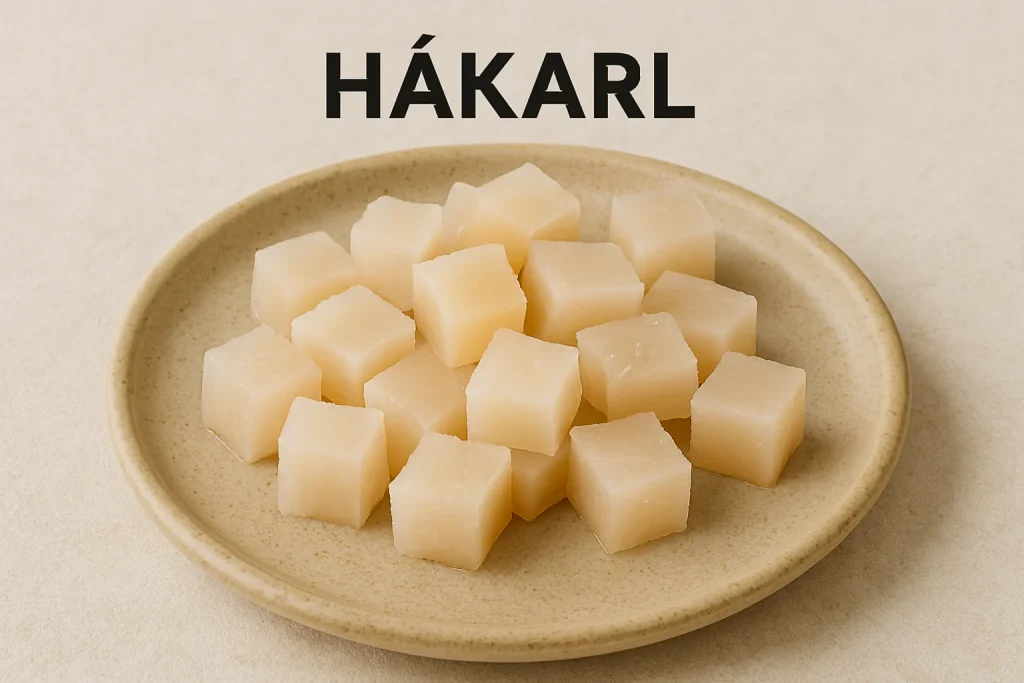
5. Casu Marzu (Maggot Cheese) 🇮🇹
Casu marzu is a highly controversial and illegal Sardinian cheese known for being infested with live maggots. It’s often called “the world’s most dangerous cheese” because of the health risks involved in eating it. Despite this, it’s a cultural delicacy in Sardinia, Italy.
How Casu Marzu is Made?
Start with Pecorino Cheese – A wheel of Pecorino Sardo (sheep’s milk cheese) is used as the base. Introduce Cheese Flies – The Piophila casei fly lays eggs inside the cheese. Maggot Fermentation – The larvae hatch and eat through the cheese, breaking down fats and making it soft and creamy. Ripening Process – Over several weeks, the cheese becomes pungent, gooey, and full of live maggots.
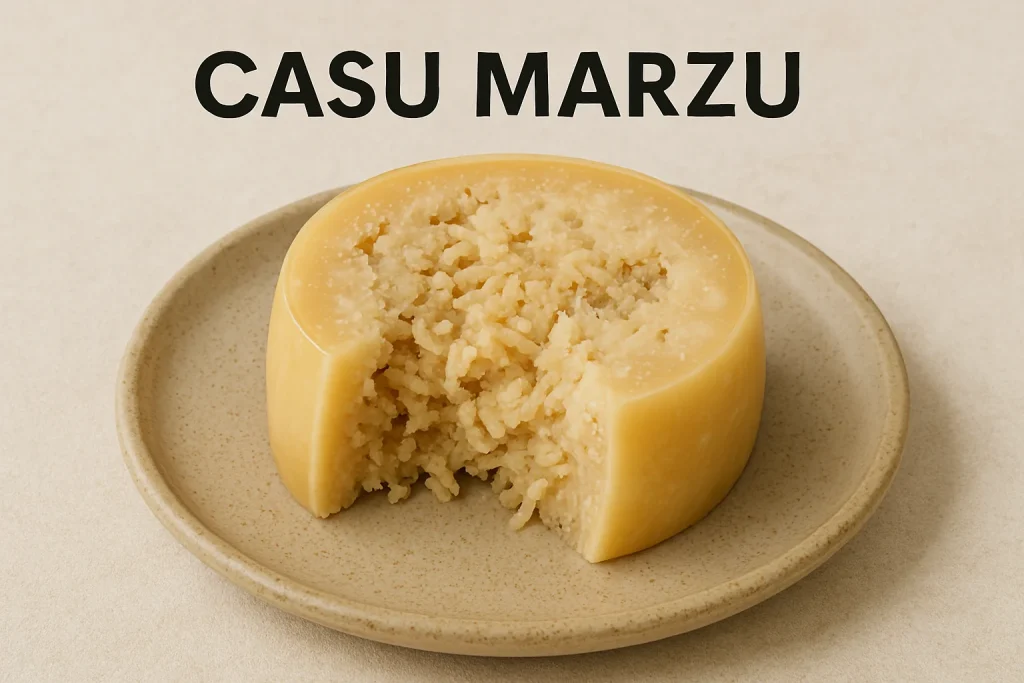
6. Escamoles (Mexico 🇲🇽) – Ant Larvae Caviar
Escamoles are ant larvae harvested from the roots of agave plants, often referred to as “Mexican caviar.” This unique delicacy has a buttery, slightly nutty flavor and a texture similar to cottage cheese. Typically, escamoles are fried with butter, garlic, and chili, then served in tacos or with tortillas. Although eating insect eggs may seem unusual, escamoles have been a prized dish in Mexican cuisine since the time of the Aztecs. Rich in protein and packed with flavor, they remain a sought-after specialty in modern Mexican gastronomy, offering a distinctive and historical culinary experience for adventurous food lovers.
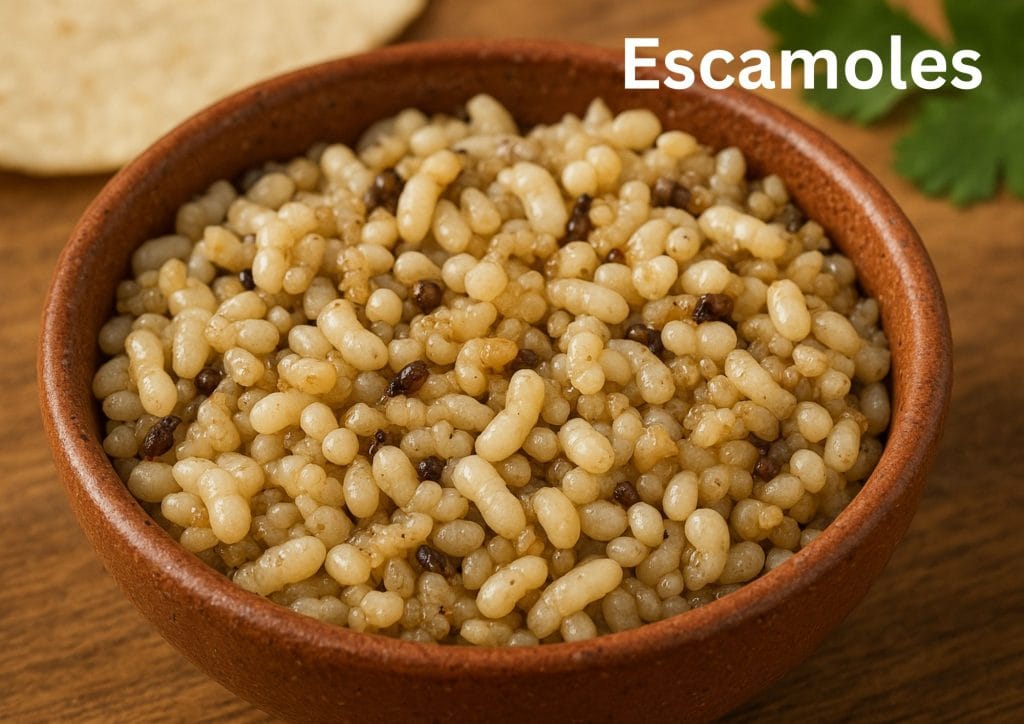
7 – Kiviak (Greenland 🇬🇱) – Fermented Seabirds in Seal Skin
Kiviak is a traditional Inuit delicacy from Greenland, made by fermenting whole seabirds, usually auks, inside a dead seal for several months. The birds are placed raw and unplucked into the seal’s body cavity, which is then buried and left to ferment for three to six months. Over time, the meat becomes soft, pungent, and almost liquid-like. When ready, the birds are eaten raw, often with their guts intact. Though unusual, kiviak is an essential Arctic survival food, rich in nutrients, and has been consumed for generations to help Inuit communities endure harsh winters.
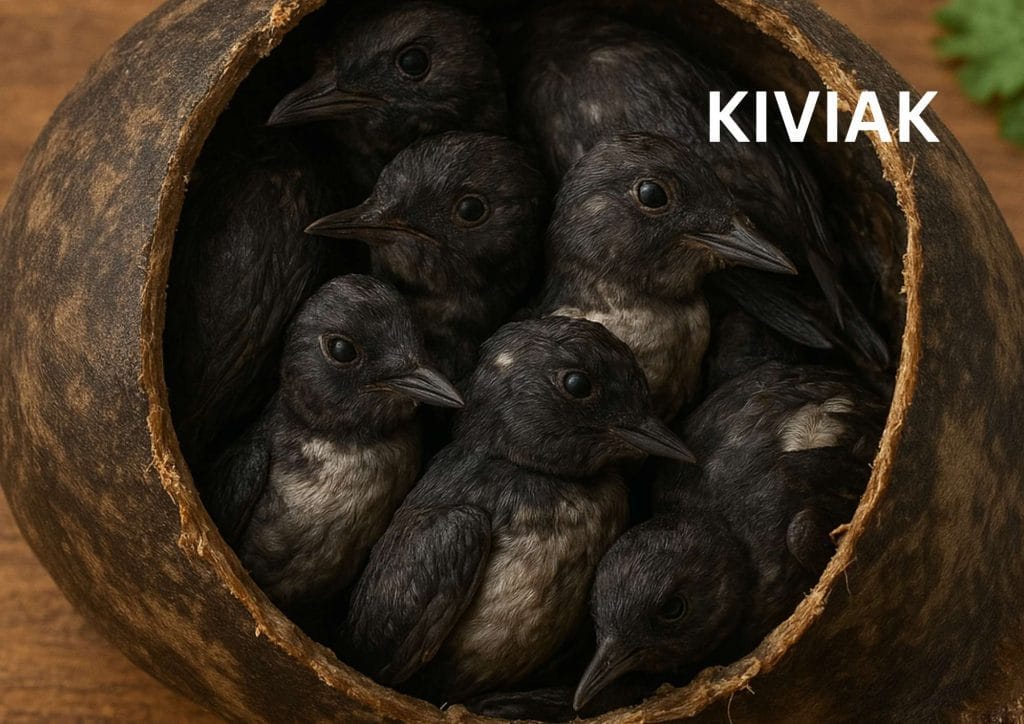
8 – Stink Bugs (Africa 🌍) – Edible Insects with a Minty Kick
Stink bugs are a crunchy, protein-rich snack enjoyed in parts of Africa, particularly in Zimbabwe and South Africa. Despite their defensive odor, they are eaten whole and prepared in various ways, such as sun-dried, boiled, or ground into a paste for soups. These edible insects have a unique texture—crispy on the outside with a minty, slightly bitter flavor. A fascinating fact about stink bugs is that their secretions can temporarily numb the tongue. Packed with protein and nutrients, they have been a traditional and sustainable food source for generations, offering a distinct culinary experience for those willing to try them.
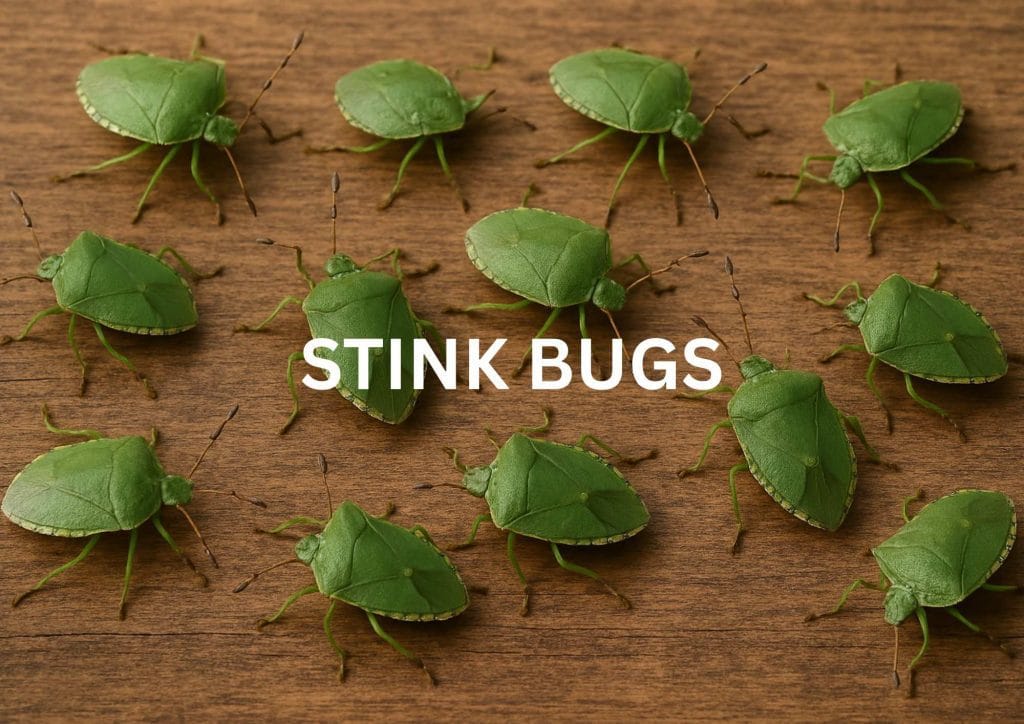
9 – Shirako (Japan 🇯🇵) – Fish Sperm Sack
Shirako, which translates to “white children,” is the sperm sac of male fish, commonly sourced from cod, pufferfish, or salmon. While the idea of eating fish semen may seem unusual, it is considered a luxurious delicacy in Japan. Shirako has a creamy, custard-like texture with a slightly sweet taste, often compared to soft tofu or brain. It is enjoyed in various preparations, including raw as sushi, steamed, grilled, or served in soups. Highly prized for its delicate flavor and smooth consistency, shirako remains a sought-after dish in Japanese cuisine, appealing to adventurous food lovers and fine-dining enthusiasts alike.
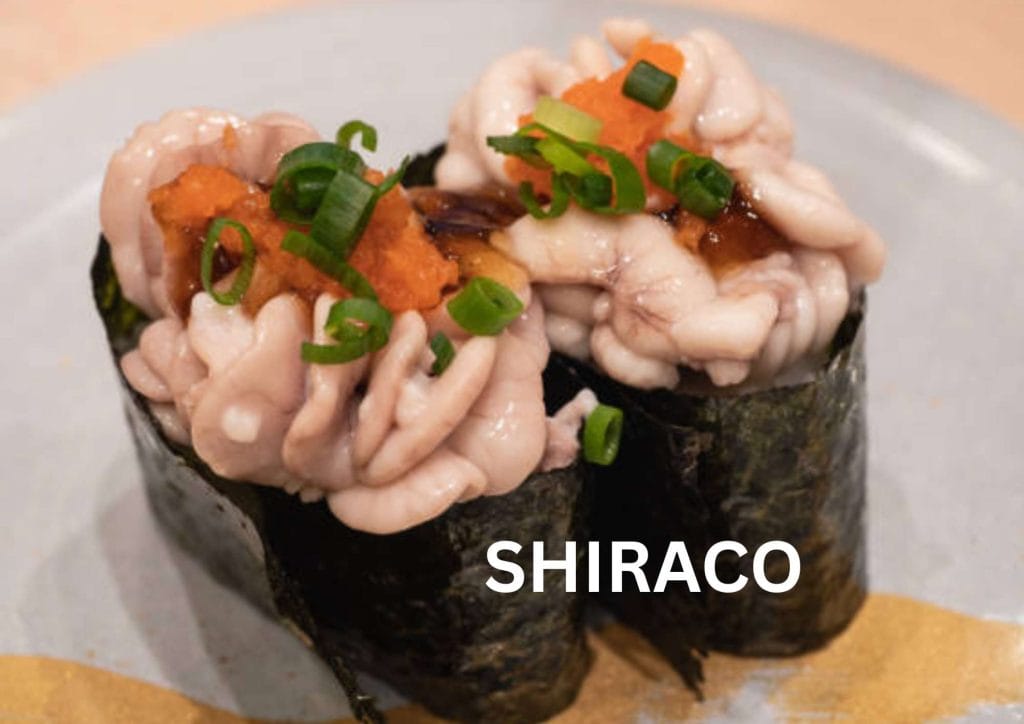
10 – Mopane Worms (Southern Africa 🌍) – Crunchy Caterpillars
Mopane worms are the giant caterpillars of the Emperor Moth and are widely eaten as a protein-rich snack across Africa. Despite their plump, juicy appearance, they are a staple food for millions. When dried, they have a chewy texture, while cooked mopane worms are meaty with an earthy flavor. They can be fried, stewed, or eaten dry like crunchy chips. Packed with essential nutrients, these worms serve as an important protein source in many African communities. While some may find them unusual, mopane worms are a sustainable and nutritious delicacy that has been enjoyed for generations.
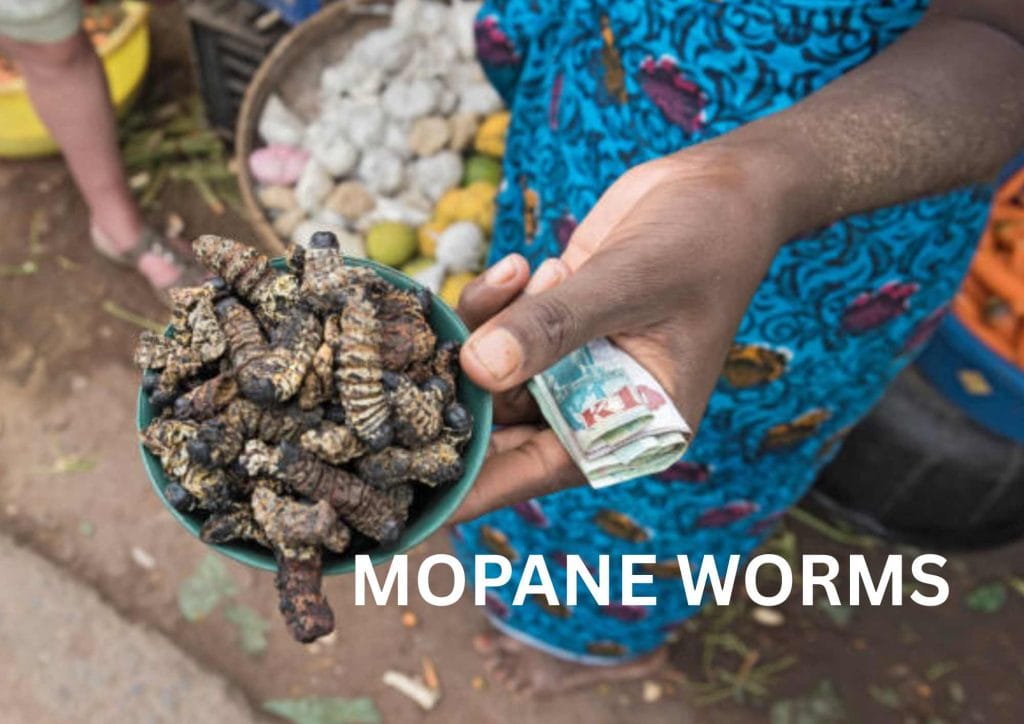






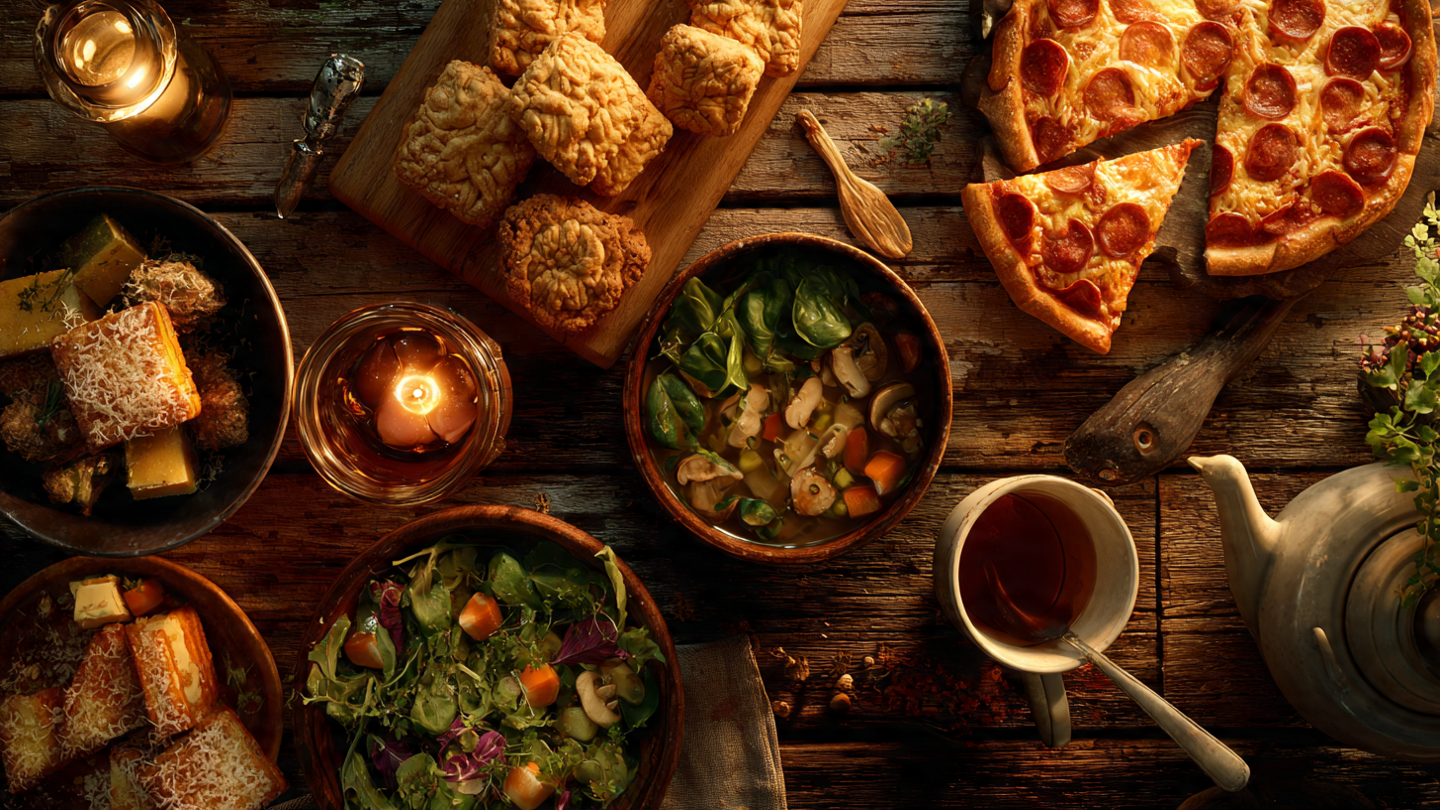

Very good